MS-LS2-2
Construct an explanation that predicts patterns of interactions among organisms across multiple ecosystems.
-
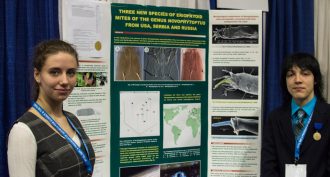 Animals
AnimalsMite-y discoveries!
Two teens from Russia discovered tiny mites living inside grass-like plants called rushes. Three of the species they turned up are new to science.
By Sid Perkins -
 Health & Medicine
Health & MedicineBeautiful nails may harbor germs
Two students wondered why they weren’t allowed to wear fake nails as nursing assistants. They decided to use science to probe why. What they found sent them to the Intel International Science and Engineering Fair.
-
 Animals
AnimalsEven penguins get the flu
Scientists have just identified ‘live’ bird flu virus in Antarctic penguins. But the infections may not be novel. There are some signs these germs have been infecting local wildlife for up to 80 years.
By Janet Raloff -
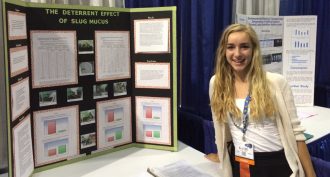
Slime: A new way to protect plants from slugs
Katie Gwaltney had a slug problem in her garden. She decided to try using the slugs’ own slime against them. Her findings earned the high school freshman a finalist’s spot at this week's Intel International Science and Engineering Fair.
-
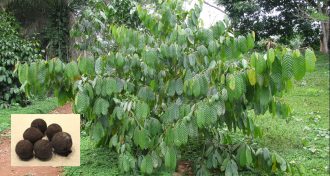
Solving bad breath one walnut at a time
Two teens came up with a cheap and simple solution to halitosis. It’s the African walnut.
-
 Health & Medicine
Health & MedicineFor better weight control, fiber up!
Certain types of fiber suppress appetite, at least in mice. Found in fruits, vegetables, oats and barley, this fiber breaks down in the gut to release acetate. That travels to the brain, where the chemical prompts the release of hunger-fighting hormones.
-
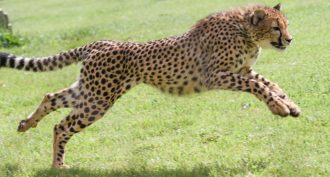 Animals
AnimalsMove over cheetah: Mite sets new speed record
A super-speedy species sprints faster than any other land animal — for its size, a new study finds. Scientists may someday tap this tiny mite’s technique to create robots and other devices that zip around at sensational speeds!
-
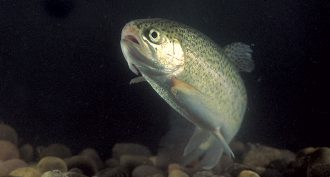 Animals
AnimalsDon’t mess with a frustrated fish
When a trout doesn't get the snack it expected, look out. These fish get aggressive. Sometimes they can defeat even bigger fish.
-
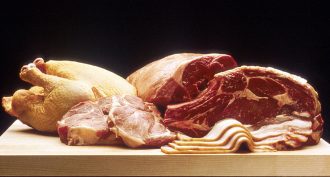 Health & Medicine
Health & MedicineInfected cutting boards
Germs can hitchhike into the kitchen on meat and many types of produce. A new study finds that some of those germs are particularly nasty. They are immune to the one or more of the drugs doctors would prescribe to wipe out the infection.
-
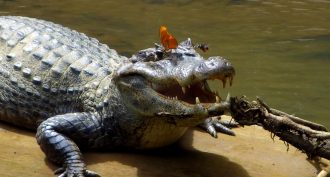 Animals
AnimalsThese insects thirst for tears
In some parts of the world, insects will drop by for a savory beverage. Interestingly, neither a croc — nor a scientist who offered his eyes up to ‘tear-sipping’ bees — seemed bothered much by the freeloaders.
By Janet Raloff -
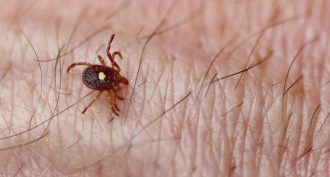 Health & Medicine
Health & MedicineNew ‘Heartland’ disease emerges in U.S. Midwest
A new viral disease causes major pain and flu-like symptoms. At present, no treatment or cure exists.
By Janet Raloff -
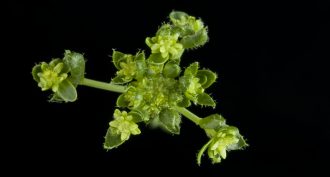 Plants
PlantsWily bacteria create ‘zombie’ plants
Scientists have discovered how some plant pathogens ensure their own survival by transforming flowering plants into strictly leaf-producing ones. These green ‘zombies’ attract insects that the parasites need to help them spread to other plants.